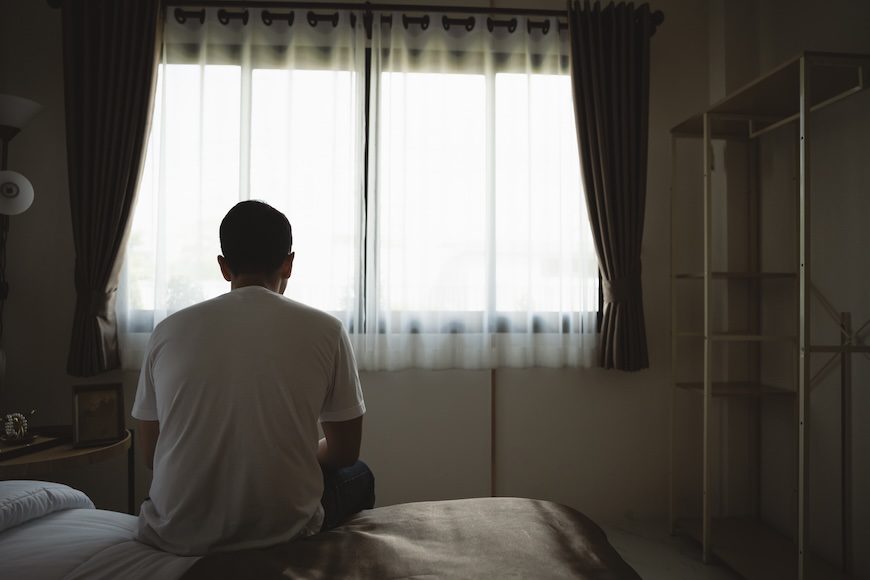In this edition of the Weekly Mind Reader, we share a commentary piece that digs into a bevy of studies that link sleep disorders and suicide. We also share a depression treatment success story, warnings about the dangers of antiepileptic drugs during pregnancy, and a few letters to the editor.
Sleep Disturbances Remain Crucial Early Suicide Warning Signs
Few predictors of suicide risk are as reliable as troubled sleep. The Journal of Clinical Psychiatry published multiple studies recently that reinforce this indicator.
These studies focus on the nights leading up to suicidal thoughts or behaviors, emphasizing the need for vigilance in recognizing sleep changes as early warning signs.
Changes in chronic total sleep time (TST) are noteworthy markers. Both shorter and longer TST linked to higher suicide attempt incidences. Research revealed that individuals sleeping less than their average experienced more severe suicidal thoughts the next day. Researchers confirmed that in adolescents, decreases in TST and increased sleep onset latency are associated with a higher “death wish” the next day.
Nocturnal wakefulness was another critical factor. One study showed higher-than-expected overnight suicide rates associated with wakefulness, regardless of the cause. The “Mind after Midnight” hypothesis suggests that disrupted sleep increases dysregulated behaviors through nocturnal wakefulness. This presents a troubling combination of sleep deprivation’s cognitive deficits with altered risk/reward processing.
Yet another study found significantly higher risks for suicide and homicide at night. This is more pronounced among young adults and those under the influence of alcohol.
Alterations in dream content also signal impending suicidal crises. One study found that 80% of individuals experienced bad dreams, nightmares, or suicidal scenarios in dreams months before a crisis. Monitoring dream content can be a simple yet impactful way to detect early suicide risk.
Hypnotics, although primarily protective, can sometimes increase suicidal thoughts and behaviors. Medications like Z-drugs and dual orexin receptor antagonists (DORAs) improve sleep. But researchers have also linked them to increased suicidal ideation in some cases. Care providers must consider careful monitoring and personalized assessment when prescribing these medications.
Recognizing various sleep alterations — habitual TST changes, nocturnal wakefulness, dream content alterations, and potential hypnotic effects — is crucial for early detection and intervention. Integrating sleep health into these efforts can enhance patient care and save lives, necessitating ongoing research and clinical vigilance.
IN OTHER PSYCHIATRY AND NEUROLOGY NEWS
- The Primary Care Companion for CNS Disorders has published a case study that examines the successful treatment of depression in a Takotsubo cardiomyopathy patient.
- The Journal of Clinical Psychiatry ran an article that provides female epilepsy patients who use antiepileptic drugs during pregnancy with information about the associated risks.
- PCC this week also published a letter to the editor that discusses the interplay of online social media support groups and interactive chatbots. This could represent a new realm of mental health support.
- Another letter writer – to the editor of JCP – wonders why patients are advised to cut THC gummies from a dispensary when smaller doses are available from their doctors.
- Finally, new research shows that female veterans with PTSD were 67% more likely to initiate a guideline discordant medication.



